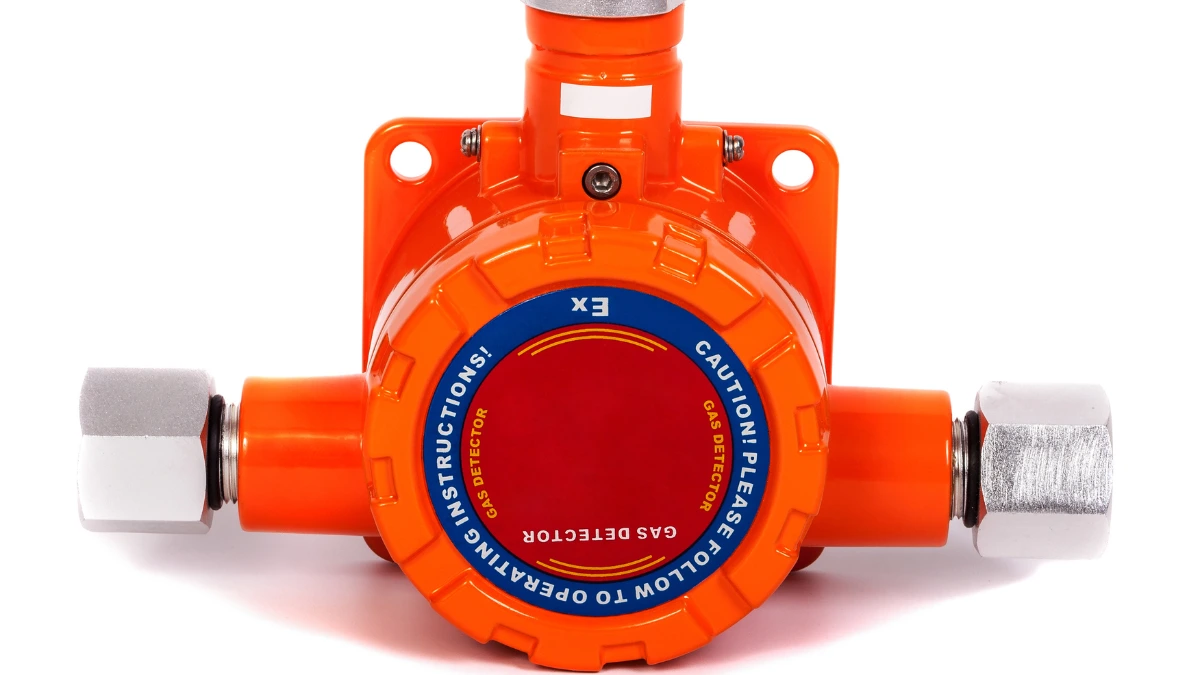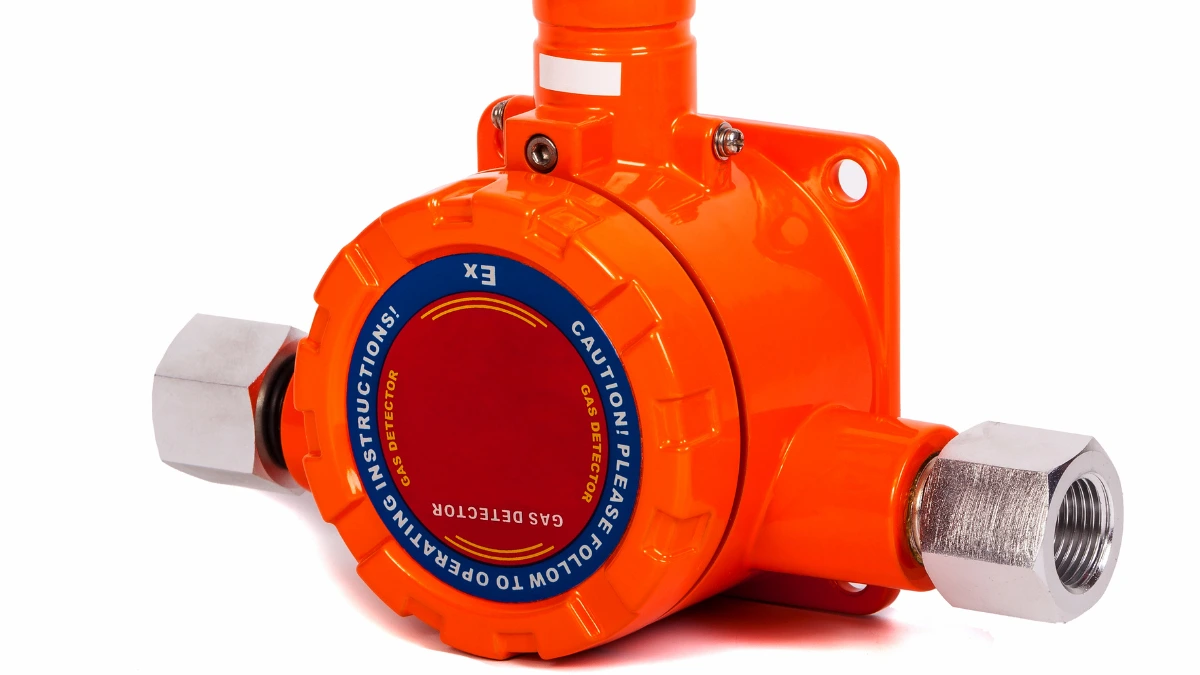A catalytic gas detector is a type of gas detection device based on sensor technology that can detect the presence of hazardous gases that could potentially pose a risk to the environment due to leaks.
The advantages of a catalytic gas detector include detecting various types of gas, easy maintenance, and long service life. However, the disadvantages include requiring the presence of oxygen, which makes it vulnerable to toxins, and being affected by environmental conditions.
This article will give you information about a catalytic gas detector, including how it works, its advantages, disadvantages, and an example of application.
What is a Catalytic Gas Detector?

Catalytic gas detectors are typically used to detect flammable gases such as methane, propane, and hydrogen.
The sensor works by converting electrical signals from temperature changes based on small combustion reactions that occur inside the device. In order to work optimally, this device requires a sufficient supply of oxygen.
This detector is widely used in industry, though it has a drawback that causes the sensor to become dull and unable to detect gases accurately when exposed to certain chemicals (such as silicon or sulfur) too frequently.
How Does a Catalytic Gas Detector Work?

A Catalytic Gas Detector works by generating heat to determine the concentration of gas by the principle of oxidation reaction of combustible gas on the sensor surface coated with a catalyst. Here's how it works in detail:
- Catalytic reaction: Combustible gas (methane, propane, hydrogen, etc.) reacts to release heat with the catalyst element on the sensor.
- Resistance change: A change in the resistance of the sensor element causes a temperature rise in the sensor.
- Measurement: This resistance change is measured and converted into an electrical signal.
- Alarm activates: The detector will activate an alarm when the gas concentration reaches a dangerous level.
The Advantages of a Catalytic Gas Detector
The catalytic gas detector has several advantages, including detecting various types of gas, easy maintenance, and long service life. Here are some of its main advantages in detail:
1. Can detect various types of gas One of the advantages of a catalytic gas detector is that it can detect various types of gas. This detector can be a flexible choice for various applications because catalytic sensors can detect various types of combustible gases.
2. Easy maintenance
 Easy maintenance is another advantage of this gas detector. Maintaining and replacing components in catalytic detectors does not require special skills, because it is relatively easy to do it yourself.
Easy maintenance is another advantage of this gas detector. Maintaining and replacing components in catalytic detectors does not require special skills, because it is relatively easy to do it yourself.
3. Long service life Another advantage of the catalytic gas detector is its long service life. With good maintenance, catalytic sensors have a relatively long service life compared to other sensors.
The Disadvantages of an Catalytic Gas Detector
The catalytic gas detector has several disadvantages, from requiring the presence of oxygen, which is vulnerable to toxins, to being affected by environmental conditions. Here are some of its main advantages in detail:
1. Requires the presence of oxygen One of the drawbacks of this gas detector is that it requires the presence of oxygen. This tool is not suitable for gas detection in environments without oxygen, because to operate, the sensor requires the presence of oxygen.
2. Vulnerable to toxins Vulnerability to toxins is another drawback of catalytic gas detectors. Gases such as silicon, lead compounds, and sulfur-containing gases can affect or eliminate the ability to detect gas.
3. Affected by environmental conditions
 One of the other disadvantages of this gas detector is that its working ability will be affected by environmental conditions. Temperature, humidity, and pressure will affect the sensor's performance in producing inaccurate readings.
One of the other disadvantages of this gas detector is that its working ability will be affected by environmental conditions. Temperature, humidity, and pressure will affect the sensor's performance in producing inaccurate readings.
The Application of Catalytic Gas Detectors
With so many catalytic gas detectors available, each with its specific use, here an example application:
- Oil and gas industry
- Mining
- Chemical industry
- Power generation
- Heating and cooling systems
- Manufacturing
- Household applications
- Laboratory
Conclusion
Those are the definitions, how it works, advantages, disadvantages, and the example application of a catalytic gas detector that you need to know.
This detector has some advantages, including detecting various types of gas, easy maintenance, and long service life.
The things that become a consideration are that gas detection has some disadvantages, including requiring the presence of oxygen, which is vulnerable to toxins, and being affected by environmental conditions.
Essentially, this type of gas detector detects various types of gas, but it is affected by environmental conditions.